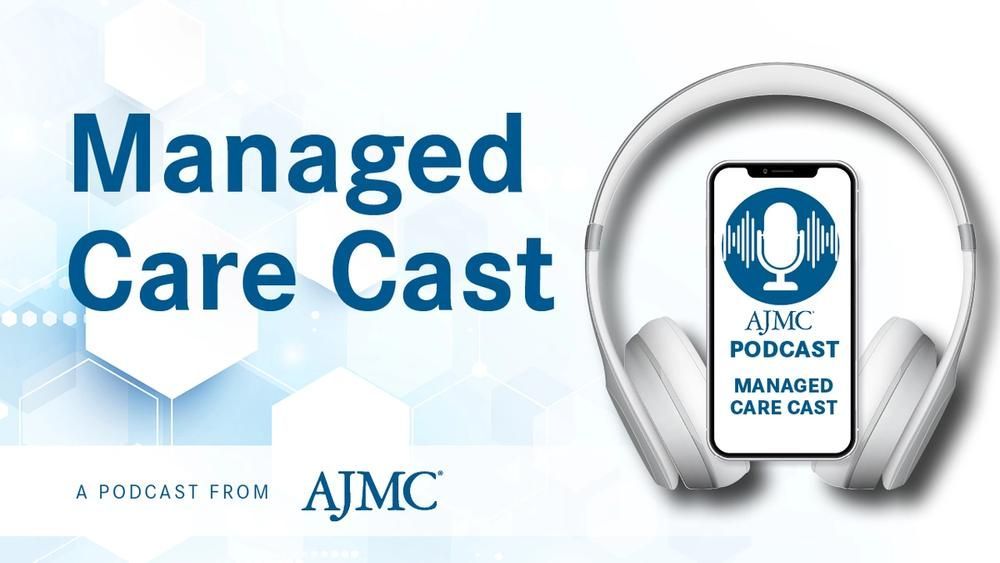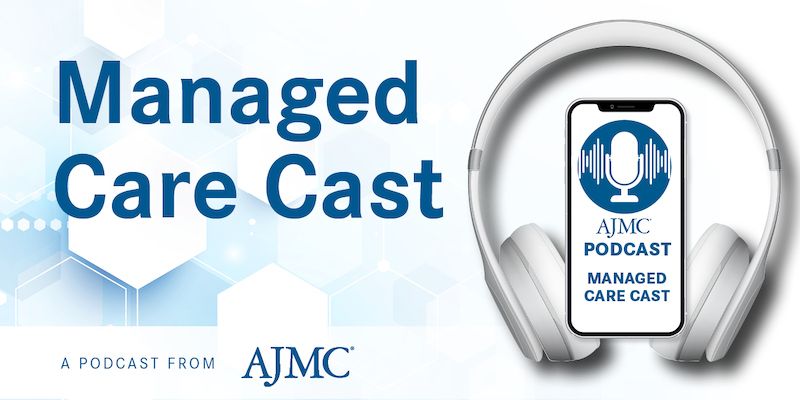News
Article
FQHCs Show Low Engagement in Hypertension, Diabetes Trials
Author(s):
Key Takeaways
- FQHCs have potential to diversify clinical trials for hypertension and T2D but show limited engagement, mostly at low levels.
- The review analyzed 33 trials involving 67 FQHCs, with few demonstrating deep, collaborative engagement.
A new review finds federally qualified health centers (FQHCs) are underutilized in hypertension and type 2 diabetes clinical research, despite their potential to improve trial diversity.
Although federally qualified community health centers (FQHCs) could be key components in diversifying clinical trials for hypertension and type 2 diabetes (T2D), a new review reveals that their involvement in such research remains limited, with most participation occurring at the lowest levels of engagement.1
This systematic review is published in JAMA Network Open.

“To our knowledge, our study is the first systematic review to explore the levels of FQHC engagement in clinical trials in the US and provide findings that are useful to researchers and other organizations looking to diversify their clinical trials by collaborating with FQHCs,” wrote the researchers of the study.
Designed to serve underserved populations, FQHCs welcome all patients but focus on those with limited access to care, including low-income, uninsured, and underinsured individuals.2 Governed by a consumer-majority board of directors and overseen by the Health Resources and Services Administration, FQHCs operate under strict federal guidelines. In return, they receive federal support, including operational grants, Medicaid reimbursement, and malpractice coverage.
Therefore, FQHCs have the potential to play a role in diversifying clinical trials, particularly for conditions like hypertension and T2D that disproportionately affect underserved populations.1
To assess the extent of FQHC engagement in clinical trials for hypertension and T2D, the researchers conducted a systematic review of protocols and trial reports published between January 1, 2013, and November 6, 2023. Six major literature databases were searched for studies involving adult participants at FQHCs in the US. Using a community-engaged research framework, 4 levels of FQHC engagement were defined—ranging from level 1 (FQHC informed) to level 4 (FQHC driven). The study also included a secondary data analysis using the Uniform Data System to match FQHCs identified in the literature with their organizational and patient demographic characteristics.
The review identified 4552 articles, from which 33 clinical trials that involved 67 FQHCs across the US were included in the analysis. Most trials demonstrated low levels of FQHC engagement, with 15 trials engaging 19 FQHCs at level 1 (informed) and 8 trials engaging 38 FQHCs at level 2 (consulted). Only a few trials reflected deeper, collaborative engagement. Additionally, analysis of organizational characteristics revealed that FQHCs with a higher ratio of full-time equivalent physicians to patients were 54% more likely (OR, 1.54; 95% CI, 1.06-2.23) to demonstrate higher levels of engagement. Similarly, FQHCs with more community and patient education specialists were 41% more likely (OR, 1.41; 95% CI, 1.03-1.94) to be engaged at a higher level, highlighting the importance of staffing capacity in enabling meaningful research participation.
The researchers noted several limitations to their findings. First, the study did not examine external factors, such as research team practices or funding, that may influence FQHC engagement. Engagement levels were based on inconsistent reporting, which limited analysis of cultural and socioeconomic factors. Further, most included studies were rated fair or poor in quality, and the small number of FQHCs limited deeper subgroup analysis.
Despite these limitations, the researchers believe the study found limited research involving FQHCs for hypertension and T2D, leaving an important gap to be filled.
“The present findings are important because greater FQHC involvement could help build trust with patients and promote diverse participation in clinical trials,” wrote the researchers. “Future studies should assess actionable steps for empowering FQHC toward research engagement and leading research studies.”
References
1. Byiringiro S, Barsha RAA, Hinneh T, et al. Engagement in hypertension and diabetes clinical trials at federally qualified health centers: a systematic review. JAMA Netw Open. 2025;8(4):e255258. doi:10.1001/jamanetworkopen.2025.5258
2. What is an FQHC? The Primary Health Network. Accessed April 15, 2025. https://www.primary-health.net/fqhc/#:~:text=A%20Federally%20Qualified%20Health%20Center,healthcare%2C%20although%20all%20are%20welcome





